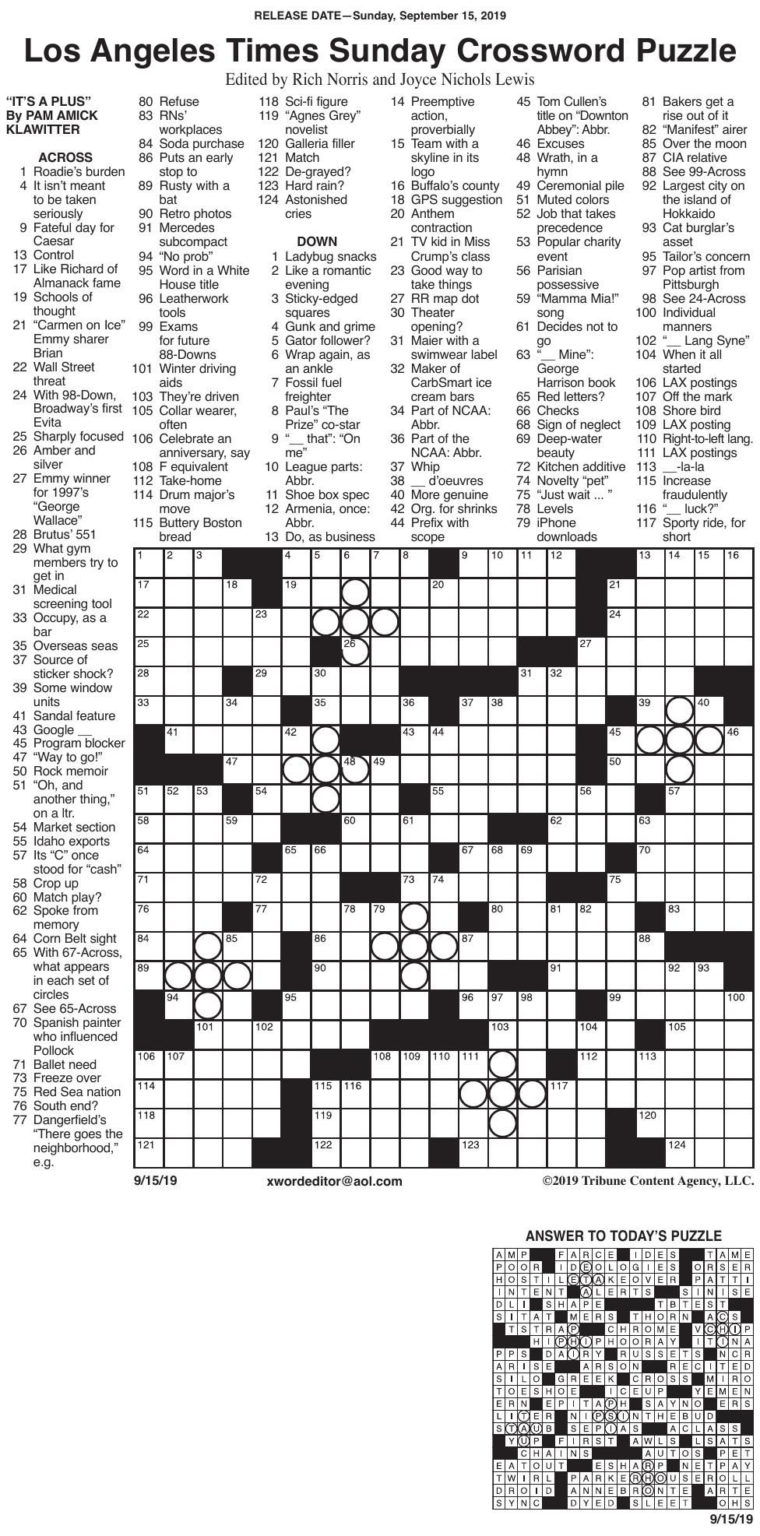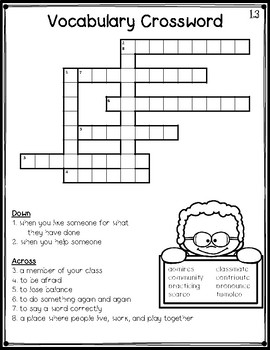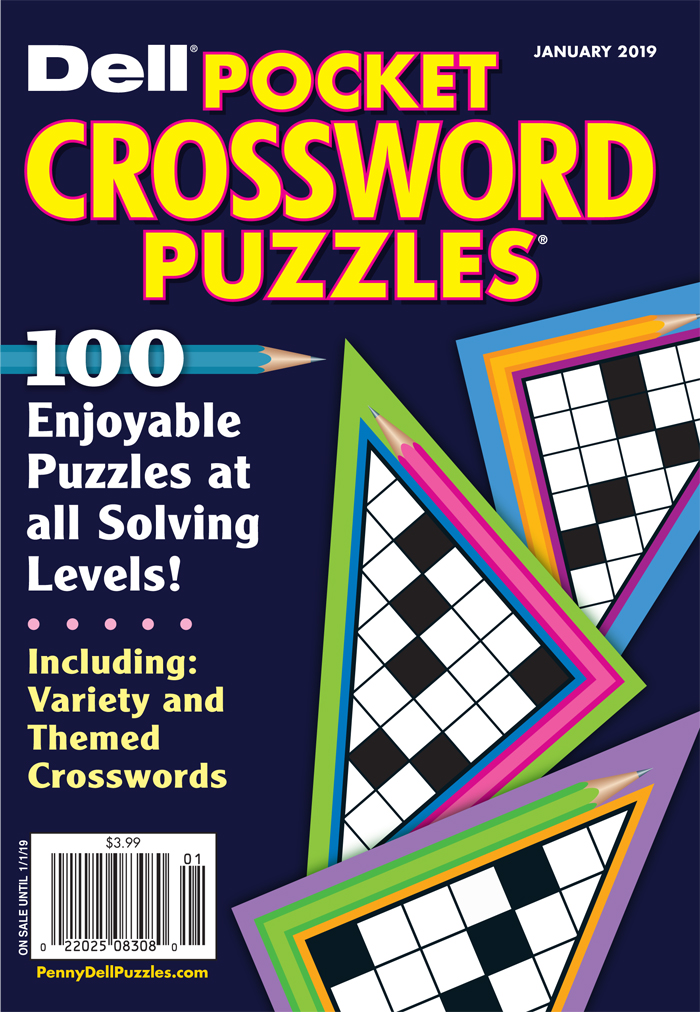
You can print the puzzle by clicking Print.You can turn the sound off and on using the sound icon.The Tips & Hints button on the bottom left of the puzzle links to a page that has information to help solve the puzzle.The Center button moves the puzzle back to the middle. You can grab the puzzle and move it around on the screen.Change the scale of the puzzle by clicking on the + and – buttons on the screen.Boxes for letters that are correct will be shaded green boxes for incorrect and blank letters will be shaded red.

#Crosswordpuzzles readwrite think for free
You can download the latest version for free here.

The Crossword Puzzles tool uses Flash Player 8 and above. And if you want to help your students make their own puzzles, see Creating Puzzles: A Guide for Teachers. These printer-ready handouts are designed for parent and tutor use and can be sent home with your students. You might also want to visit Tips for Using Crossword Puzzles With Children and Tips for Using Crossword Puzzles With Teens. Note: Students cannot save their work online make sure they print their puzzles before exiting the tool.įor more information about using the Crossword Puzzles tool including lesson plans that use it, see the Crossword Puzzles Tool Card. Or, if you prefer, you can print the puzzle and give it to students to fill out. Students can choose a puzzle from the drop-down list, click Play, and start entering their words directly into the puzzle. To play a puzzle, have students enter their names and then select the Play One of Ours tab. It is available online at under the Play One of Ours tab. The Building Community Crossword Puzzle is intended for grades 3≥. They help students develop word analysis and critical thinking skills and improve vocabulary and comprehension. You can use their puzzles as formative assessments to evaluate their learning.Crossword puzzles can be used in the classroom to support, extend and enrich your literacy-based instructional goals. * Students can create their own crossword puzzles to demonstrate what they’ve learned about a topic. For example, you can use a word search puzzle or a crossword puzzle to help students learn about famous people, holidays around the world, scientific discoveries, math concepts, and types of literary genres. * You can use them to teach, develop, and review vocabulary about Social Studies, Science, and Math topics as well as Language Arts subjects. * Word search printable and digital formats are available likewise, crossword puzzles in printable and online versions are available. One crossword puzzle or word search puzzle may use the same core groups of words but have an easy version, an intermediate version, and a hard version so students with a range of abilities can do them and feel successful in solving them. * They often have different levels of difficulty, which helps you meet the needs of all your students. * You can use them for many purposes: As a reward, as a filler if you finish a lesson early, as homework, and in centers as independent or small group work. * Students can do them on their own or with a partner, and you can even display them on an interactive whiteboard to do them as a whole class activity. When students do something fun, they are more engaged in learning and the learning lasts longer. * Students enjoy them because they are fun.

What are the benefits of these 2 types of puzzles? There are several! Why Use Crossword Puzzles and Word Search Puzzles The other man was Pedro Ocón de Oro of Spain during the 1960s, he created numerous Sopa de Letras puzzles, which means Soup of Letters in English and has the same concept.

He developed a word search using the names of Oklahoma streets as the words to find and published it in 1986. Gibit, was an American in Oklahoma he published a newspaper consisting of advertisements and wanted to include something different to keep his readers interested. Two men are generally given credit for inventing them. Word search puzzles are even more recent. It had a diamond shape but unlike modern crossword puzzles, it didn’t have blank black squares interspersed throughout the puzzle. There were clues to words and squares in which to write the letters of the answers. That’s when Arthur Wynne created and published what’s considered the first one in a New York newspaper. (Get it?!) Its exact purpose isn’t known but it’s been found throughout the Roman Empire on all kinds of buildings.Ĭrossword puzzles, on the other hand, weren’t invented until 1913. It can be read left to right, right to left, top to bottom, and bottom to top. Discovered in the ruins of Pompeii, it’s a palindrome of 5 letters in 5 lines. Word games have been popular since at least Roman times, when something called the Sator Square was created.


 0 kommentar(er)
0 kommentar(er)
